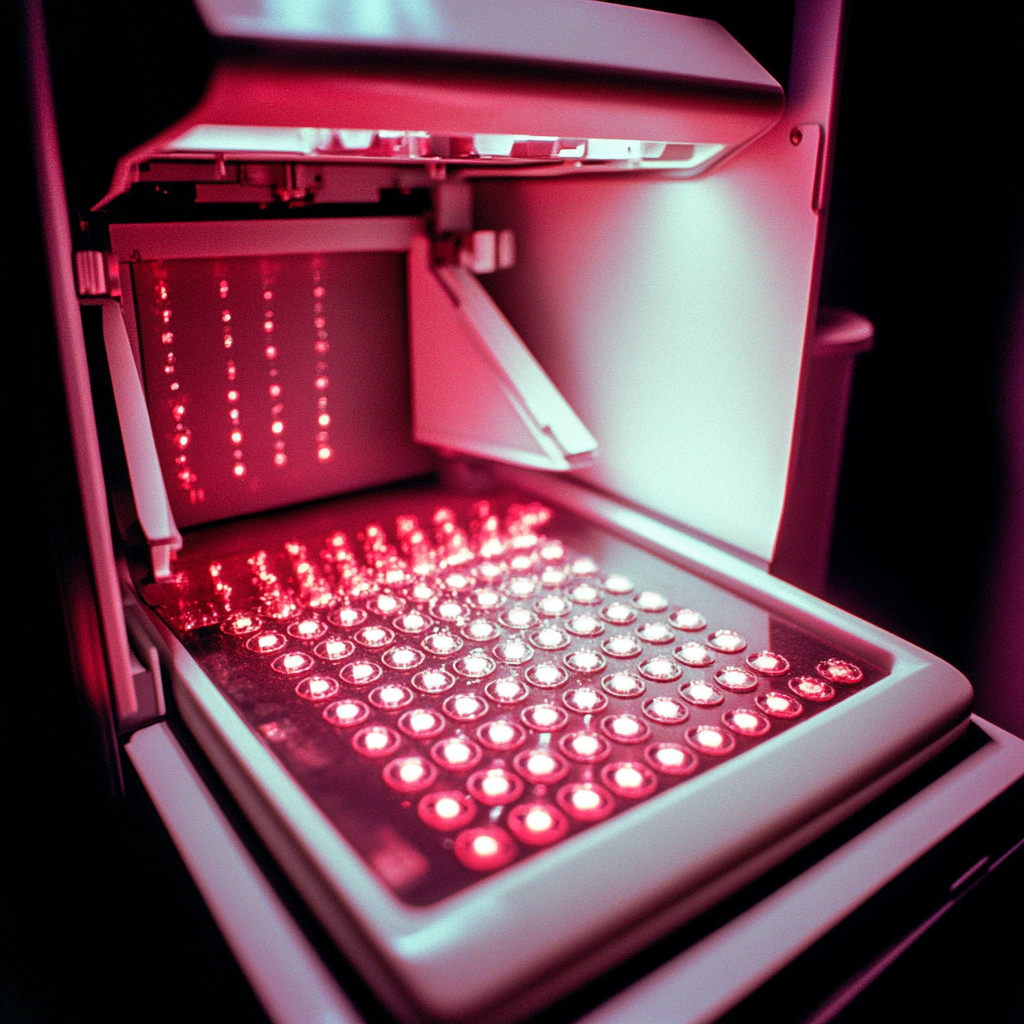Understanding the OPTIMISE SCI Trial Results
The OPTIMISE SCI trial looks at how treating sleep problems can improve recovery for people with spinal cord injuries (SCI). This study is important because many individuals with SCI struggle with breathing issues during sleep, which can affect their overall health and recovery.
What the Trial Found
In the trial, researchers tested two groups of participants:
- Early CPAP group: Participants who started using a CPAP machine within 8 weeks after their injury.
- Delayed CPAP group: Participants who waited to start CPAP treatment until 6 months after their injury.
People in a control group had no or mild sleep-related breathing problems. The main focus was to see how these different treatments would help their recovery.
What Worked?
Early treatment with CPAP machines showed promise in helping people recover better. By using CPAP sooner, patients might have a better chance to improve their motor function and quality of life.
What Didn’t Work?
We are still learning how effective the delayed treatment is compared to starting right away. More results are needed to understand the best timing for CPAP use.
How This Helps Patients and Clinics
Understanding the connection between sleep problems and recovery is important for healthcare. Here are practical steps clinics can take:
Real-World Opportunities
- Screen all SCI patients for sleep-related breathing disorders as part of their care.
- Provide early access to CPAP therapy for those identified with moderate-to-severe issues.
Measurable Outcomes to Track
- Monitor improvements in movement and strength after starting CPAP therapy.
- Track patients’ sleep quality and daily functioning.
- Assess overall satisfaction with their care and recovery.
Suggested AI Tools
If available, AI tools could help in:
- Identifying patients who may need sleep assessments faster.
- Tracking patient data and recovery progress over time.
Step-by-Step Plan for Clinics
- Start by screening new spinal cord injury patients for sleep-related breathing disorders.
- Train staff on the importance of early CPAP therapy.
- Provide CPAP machines and support for patients as soon as they are diagnosed.
- Monitor outcomes regularly to see the effects of early treatment.
- Adjust the approach based on patient feedback and results to improve care.
For more in-depth information, you can view the research here.

























